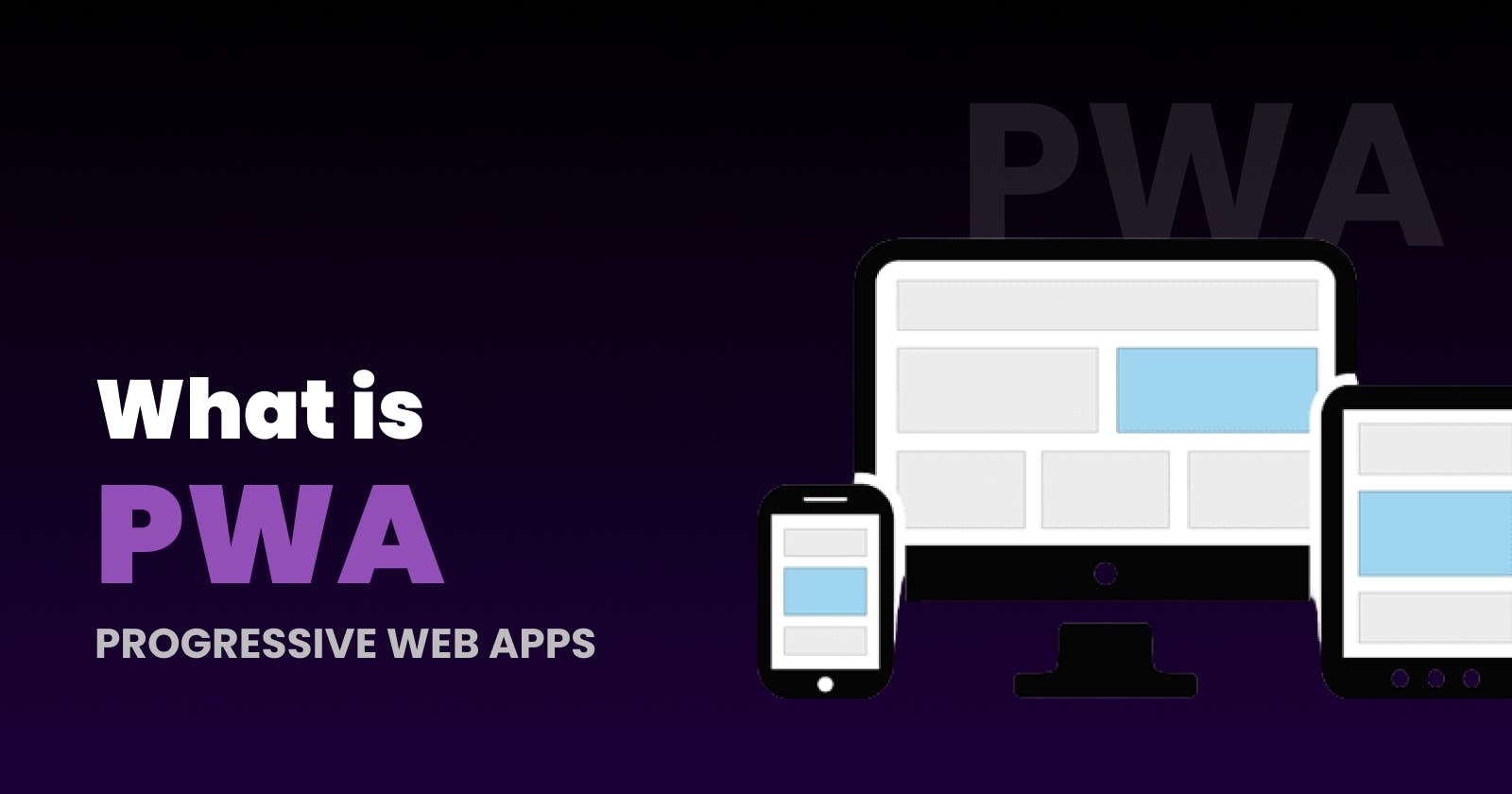Introduction
In recent years, Progressive Web Apps (PWAs) have emerged as a revolutionary technology that combines the best of web and mobile applications. PWAs are a set of web development techniques that enhance the user experience, performance, and engagement on the web, blurring the lines between traditional websites and native mobile applications. By adopting PWAs, businesses can leverage the advantages of both worlds, providing users with a seamless, responsive, and efficient online experience. This article explores the concept of PWAs, their features, benefits, and their impact on the digital landscape.
What are Progressive Web Apps?
A Progressive Web App is an advanced web application that utilizes modern web technologies and design patterns to deliver a native-app-like experience to users. PWAs leverage the capabilities of modern browsers and are designed to be responsive, reliable, and installable on any device, including desktops, smartphones, and tablets.
Key Features of PWAs
Responsive Design: PWAs adapt to various screen sizes and orientations, providing an optimal experience across different devices.
App-like Interface: PWAs resemble native mobile apps, with smooth animations, gestures, and navigation, creating a familiar and engaging user experience.
Offline Support: One of the most significant advantages of PWAs is their ability to work offline or under low-quality network conditions. Service Workers, a core component of PWAs, cache essential resources, allowing users to access content even without an active internet connection.
Fast Loading: PWAs are designed to load quickly, reducing bounce rates and improving user retention. Service Workers cache resources intelligently, ensuring that subsequent visits require minimal loading time.
Push Notifications: PWAs can send push notifications to users, keeping them engaged and updated with relevant content even when the application is not actively open.
Secure: PWAs are served over HTTPS, ensuring data integrity and security, which is particularly crucial when handling sensitive user information.
Discoverable: PWAs can be indexed by search engines, making them discoverable and shareable via URLs.
Easy Installation: PWAs can be "installed" on a user's device without going through an app store. Users can add the PWA to their home screen or app drawer, just like native apps.
Benefits of PWAs
Improved User Engagement: PWAs offer a seamless and immersive user experience, leading to increased user engagement and retention. The app-like interface and smooth performance encourage users to spend more time interacting with the application.
Increased Conversions: Faster load times and offline support significantly reduce friction for users, leading to higher conversion rates and improved customer satisfaction.
Cost-Effectiveness: Developing a PWA can be more cost-effective than building separate native apps for different platforms. PWAs are built using web technologies, which are familiar to most developers.
Broader Reach: PWAs work on various devices and platforms, eliminating the need to develop and maintain separate apps for different operating systems.
SEO Benefits: PWAs can be indexed by search engines, improving their discoverability and increasing organic traffic to the application.
Easy Updates: Unlike native apps, which require users to download updates, PWAs are automatically updated in the background, ensuring users always have access to the latest version.
Impact on the Digital Landscape
Progressive Web Apps have already made a significant impact on the digital landscape. Many prominent companies have adopted PWAs to enhance their online presence and user experience. These applications have not only improved engagement and conversions but have also demonstrated the potential to bridge the gap between web and native apps.
As internet speeds and mobile usage continue to rise, PWAs are expected to become even more prevalent. They offer a promising solution for businesses looking to deliver exceptional user experiences while streamlining development efforts and costs. With support from major browsers and continuous advancements in web technologies, PWAs are poised to reshape the future of the web and mobile application development.
Conclusion
Progressive Web Apps have revolutionized web development, offering a compelling alternative to traditional websites and native mobile apps. With their responsive design, offline capabilities, and app-like interface, PWAs provide a seamless and engaging user experience. Their numerous benefits, including improved user engagement, broader reach, and cost-effectiveness, have led to increased adoption across various industries. As the digital landscape continues to evolve, PWAs are expected to play a pivotal role in shaping the future of web and mobile applications. Embracing PWAs can give businesses a competitive edge and ensure they stay ahead in this ever-changing technological landscape.
Follow for more
Linkedin: linkedin.com/in/prahladinala
Github: github.com/prahladinala
Instagram: instagram.com/prahlad.inala
Twitter: twitter.com/prahladinala
Figma Community: figma.com/@prahladinala
Dribbble: dribbble.com/prahladinala
Behance: behance.net/prahladinala
Personal Portfolio: prahladinala.in
ToolMate: toolmate.co.in

